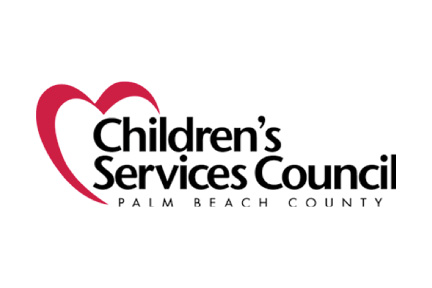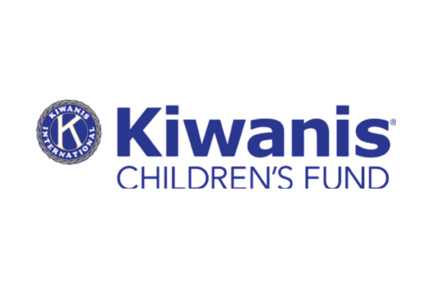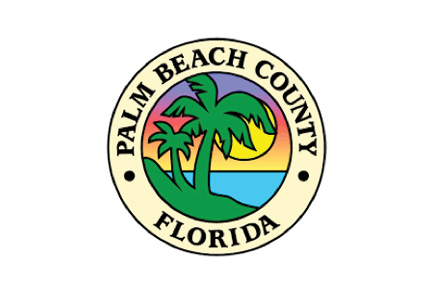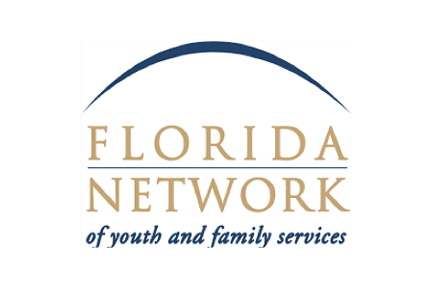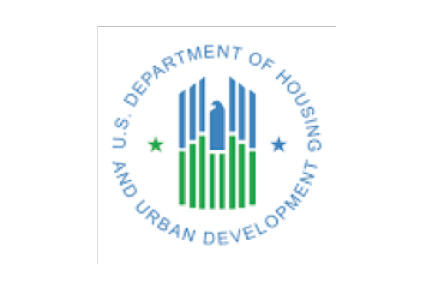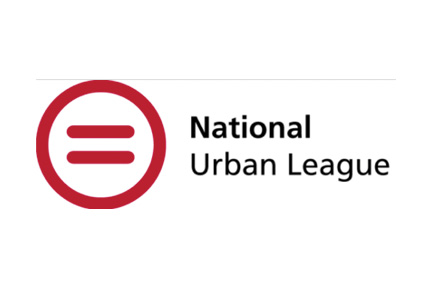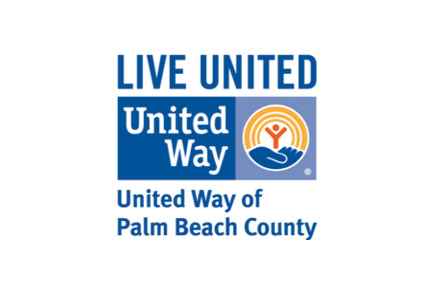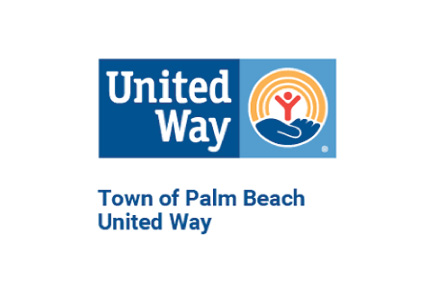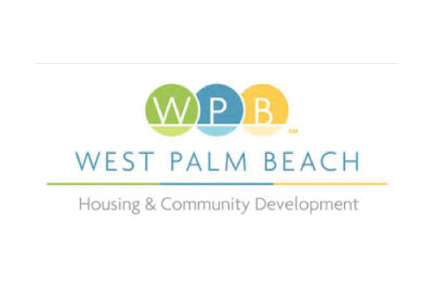FACTS
What You Need To Know About Covid-19
With Covid-19 and the Delta Variant spreading in Palm Beach County and across the nation, here is what you need to know about the virus and how to stay healthy.
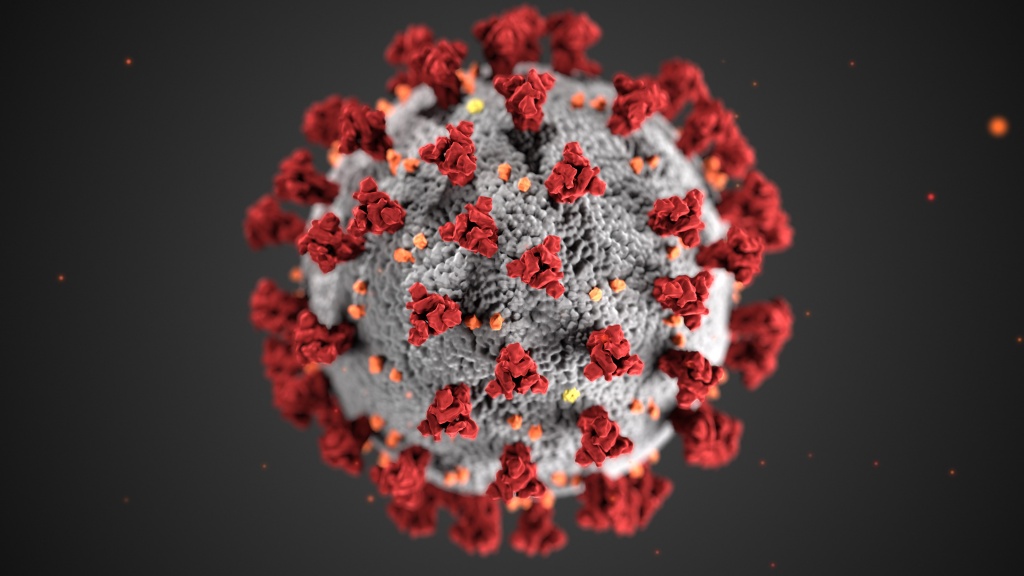
Checklist to support schools re-opening and preparation for COVID-19 resurgences or similar public health crises – download PDF from the World Health Organization
– COVID-19 is an infectious disease caused by a new coronavirus known as SARS-CoV-2 which was first identified in Wuhan, China, in December 2019.
– Coronaviruses, named for the crown-like spikes on their surfaces, are a large family of viruses that are common in people and many different species of animals, including camels, cattle, cats, and bats.
– COVID-19 is mostly a respiratory illness, but it can also affect other organs. It is spread primarily through droplets of saliva or discharge from the nose when an infected person coughs or sneezes.
– COVID-19 is a new disease, caused by a novel (or new) coronavirus that has not previously been seen in humans.
While some infected are actually asymptomatic, the most common symptoms are:
- Fever or chills
- Dry cough
- Fatigue
- Loss of taste or smell
- Stuffy nose
- Sore throat
- Headache
- Nausea/vomiting
- Diarrhea
Symptoms of severe COVID-19 disease include:
- Shortness of breath
- Inability to stay awake
- Confusion
- Persistent pain or pressure in the chest
– Viruses constantly change overtime. These changes result in slightly different variants or types of the virus that can still cause the disease.
– Multiple variants of COVID-19 have been reported in the United States and globally.
– To monitor for COVID-19 variants within the US, the CDC has developed a program called the National SARS-CoV-2 Strain Surveillance.
– Identifies new and emerging SARS-CoV-2 variants
– Allows the genetic makeup of the virus to be studied to help scientists determine symptoms/spread
– CDC has classified variants as:
-
- Variant of Interest (VOI)
- Variant of Concern (VOC)
- Variant of High Consequence (VOHC)
To understand how the vaccines work first, here’s how our body fights illness:
- Our immune system protects our body from harmful substances and germs that can make us ill.
- It uses several tools to fight infection known as:
- Macrophages, B-lymphocytes, and T-lymphocytes.
- It is activated by something that your body doesn’t recognize as its own
- After the body comes in contact with a germ for the first time, it makes and uses the tools needed to get over the infection.
- Information about the germ is stored
- When the body comes in contact with the germ again, it recognizes it and begins to fight it right away.
The COVID-19 vaccine helps your body develop immunity to the virus that causes COVID-19 without having to get the illness.
- The vaccine introduces your body to a protein found on the virus that the body does not recognize.
- The immune system is activated.
- Antibodies are made.
It is very important to know that immunity does not happen right away.
- The possibility of getting infected before or right after exists.
- The necessity of the second shot.
It is also still important to follow CDC recommendations of how to protect yourself and others after vaccination.
- Considered fully vaccinated 2 weeks after the second dose of mRNA vaccines and 2 weeks after single dose of Johnson and Johnson.
- Except where required by law and/or workplace, fully vaccinated people can resume activities without wearing a mask or physically distancing.
- Highly effective in preventing COVID-19
- Can help keep you from getting seriously ill if you do get COVID-19
- May also protect the people around you, especially those at increased risk for severe illness
- May reduce the spread of the virus
- Safer way to help build protection
- No way to know how COVID-19 infection will affect you and spread from you
- Covid-19 vaccines are important tools to help stop the pandemic.
- Lack of health equity
- Do not have equal access to resources
- Strategies that have been used to slow the spread of the virus have resulted in negative outcomes for certain racial and ethnic groups
- Unemployment/lost wages, loss of health insurance, housing and food instability, stress
- Inequities in social determinants of health
- Physical environment, healthcare, occupation, income and education
There is an overabundance of information both off and online related to the virus.
- False information can be potentially harmful
- Inaccurate information can spread quickly
Misinformation costs lives as people lose trust in healthcare.
- People refuse diagnostic tests
- Vaccine hesitancy
- Refuse to follow healthcare recommendations – masking, social distancing
- World Health Organization (WHO)
- Centers for Disease Control and Prevention (CDC)
- The United States Food and Drug Administration (FDA)
- National Institute of Health (NIH)
- The United States Department of Health and Human Services (HHS)


